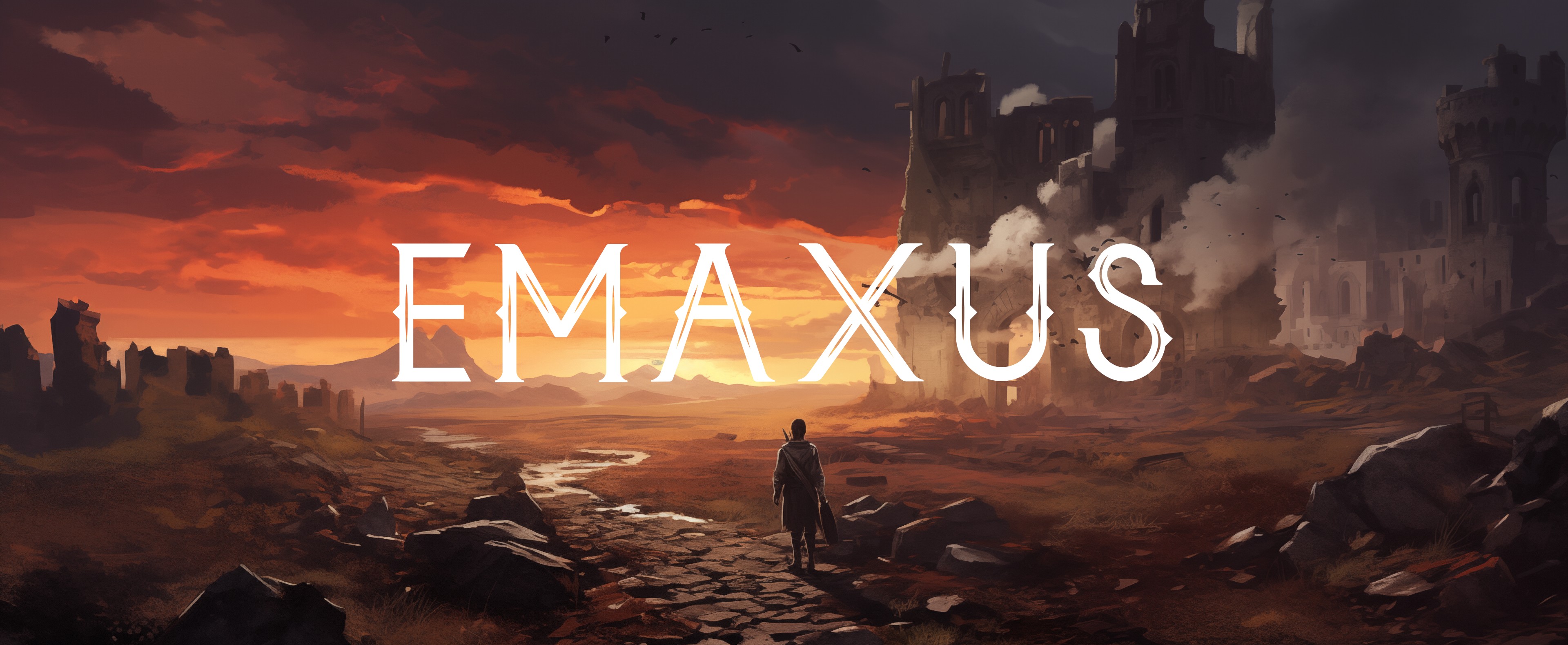Chalgras (Chal-grass)
Native to Drumis and portions of the Tawarakanai Archipelago, the chalgras is an apex predator of feline make, with some magical influence. They thrive in harsh environs against powerful competitors, yet often claim the apex all the same. The chalgras is a quick, aggressive, and solitary monstrosity with the capability to reproduce asexually. They are relatively rare but quite well-known among Drumian and Taesunese folk.
Basic Information
Anatomy
Chalgras are agender and have a feline structure. They are completely smooth and furless, instead having chitinous plates across their spine and legs. The rest of their exposed skin is muscular and striated, appearing as though there is no skin at all.
They have four legs and eight tentacle-like appendages that sprout from the base of their head like a mane. These appendages each end in barbed spikes which can be used to eviscerate prey and have the ability to conduct elements. The elements vary, but each chalgras is believed to only be able to use the power of one, which is determined seemingly randomly at birth. The known possibilities are: lightning, ice, fire, and sound. Lightning is shot in bolts, ice manifests as sub-zero winds, fire is blasted in gouts, and sound is used in concussive eruptions, all of which are fired from the barbs' heads.
Chalgras are tailless, and their mouths are framed by two ant-like mandibles with enough grip power to crush bones. They do not have any eyes, instead having long, sloping nostrils concave to their face with ears that appear as holes in the sides of their heads. They resemble, in a way, a horrid fusion of lion, insect, and squid.
Genetics and Reproduction
Chalgras reproduce asexually and have no gender; however, for this to occur, they need a ridiculous amount of food intake. Additionally, chalgras die in the birthing process. Because of this, chalgras rarely attempt to reproduce until they are near-death.
Chalgras spend their entire lives hunting and eating, usually eating large prey (an elk or the like) once every month or so. When preparing to reproduce, chalgras eat ten times their normal diet. Once they reach their caloric needs for reproduction, the chalgras goes into a three month hibernation. During this time, the new chalgras grows inside of them, eating its parent from the inside-out.
The new chalgras eats the brain last, at which point it erupts from its parent's corpse fully-grown. It is believed that chalgras bloodlines actually inherit the memories of their ancestors. If this is true, chalgras are effectively genetically immortal, with a "single" chalgras lasting for as long as its reproduction cycle continues. The only thing that seems to change between a parent and its offspring is the element they harness, which appears to be random.
If a chalgras is killed before they finish the gestation process -- or start it at all -- then their bloodline ends. This is part of why chalgras are so rare; when one is killed, an entire bloodline ends.
Growth Rate & Stages
Chalgras are birthed fully-grown and then live for twenty years. The final year of their life is their most dangerous: this is when they begin the surplus hunting for their asexual reproduction.
Ecology and Habitats
As mentioned above, chalgras are found in most regions of Drumis and certain islands of the Tawarakanai Archipelago. They prefer wet habitats -- coastal caves, jungle dens, or even glacial runoff tracts -- where they can rest easily. They are adept swimmers, as well, though they prefer to hunt on land. Chalgras dominate most other land-based apex predators and tend to be the sole one within a 30 to 40 mile radius of their primary den. They will hunt anything worth their time, including people, and take joy in the thrill of the hunt.
Biological Cycle
Chalgras are most active during one specific season of the year. This season is determined by the element they wield, as follows: lightning - spring, fire - summer, sound - fall, ice - winter. They don't hibernate for the other seasons, but they do hunt less.
Additional Information
Perception and Sensory Capabilities
Chalgras have deft senses of smell and hearing. They are believed to be able to detect changes in scent or sound from up to two miles away, a powerful capability that more than makes up for the blindness inherent in all chalgras. They are also believed the be able to "sense" living things close to them, but this may be a superstition (in reality, they pick up on electromagnetic pulses within around fifty feet). It is believed to be impossible to sneak up on a chalgras.
Origins
It is believed the chalgras was created during the Reckoning by the magical influence of Laaelum and Ix'kythael. Laeelum gave the chalgras its innate magical abilities and Ix'kythael gave its asexual reproduction mutation, and both Obsidian Lords worked together to make them as monstrous and powerful as they are.
Geographic Distribution


Nice kitty..